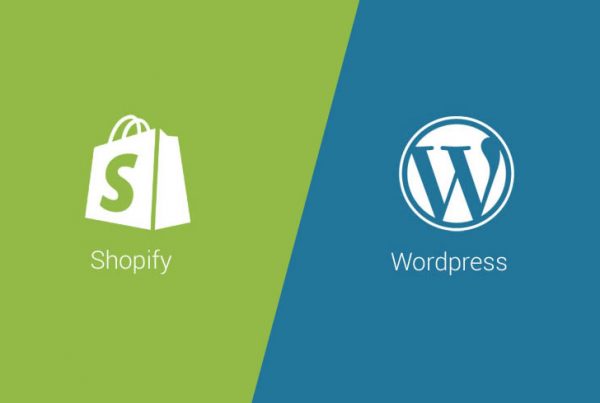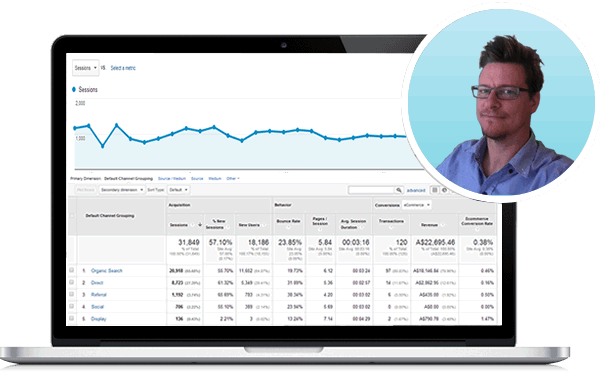Marketing on Facebook involves four basic steps: Build, Connect, Engage and Influence, a process Facebook now refers to as the BCEI framework.
This article outlines these four steps and explains how ecommerce merchants can use them to execute an effective Facebook marketing campaign.
1. Build Your Facebook Page
“Build” involves setting up your Facebook Page. Mostly likely, you have taken this step. If not, this is the place to start.
Such pages serve as the digital hub for businesses inside Facebook’s ecosystem and are the primary way to connect with current customers and prospects. It is also the core place where businesses manage their posting and advertising content.
Facebook suggests that you must have a clear vision for your Page, to build and retain relationships with customers and their friends. Everything you do with your Page should align to your purpose and objectives.
Here are a few guidelines to follow.
Align your Page to your brand purpose. This is, by far, the most important step. One way to ensure you maintain consistency is by filtering content development ideas through your mission statement to see if they make sense and will be relevant to your fans.
Identify your current marketing goals and objectives and how your Page can help achieve those goals. Sadly, many small business owners launch off into social media waters without a clear understanding of what goals they want to achieve by using it.
Coordinate your publishing calendar to coincide with marketing initiatives on your website and other channels. For instance, if you are promoting a sale or special event on your website, make sure that information makes it to your Facebook Page.
Focus on conversation over content. Facebook is not designed to be a one-way broadcast mechanism, but a conversation between you and your fans. Be prepared to engage with them.
2. Connect with People
This consists of getting your consumers to Like your Page. They are twice as likely to report a purchase to their friends. So you’ll benefit from this step right away.
You can achieve this offline and off-Facebook by promoting your Page wherever you have access to your customers and prospects. Using Facebook ads can be another solution, by targeting people who expressed an interest in your company’s vertical.
Facebook Ads allow you to (a) grow your fan base by encouraging people to like your Page through the use of special offers, and (b) reach a large audience with a well-targeted ad campaign.
3. Engage Your Audience
Post quality content and promote your posts — see my previous article on promoted posts — to engage with fans. Send the latest news, exclusive content, and promotions to fans at least twice a week, or more often if possible. However, don’t burn your fans out by posting too often, such as multiple times per day. “Less is more” is a good principle to follow when posting to Facebook.
Getting consumers to take part in the conversation is a key component of social media marketing. The way to facilitate such conversation is often easier than you might think.
Businesses should not talk about themselves only; they should talk about their customers and their experiences. They should create content designed to start a conversation and generate engagement.
Develop a posting strategy to engage with your fans on an ongoing basis and increase your posts’ visibility. This strategy should allow you to (a) give your Page an authentic and consistent voice and encourage people to Like and share your posts, (b) drive sales by offering special deals and giveaways to bring people to your ecommerce site.
4. Influence Friends of Fans
Promote the actions on your Page using Sponsored Stories to influence friends of your fans. Show when fans Like or comment on your Page.
An interesting finding is that most people only influence the few users they are the closest to. Most users have approximately five groups of close friends, which are usually independent from each other. These could include family members, classmates, co-workers, church members, and others.
If you want your fans to influence a broader set of their friends, you should provide them with high-quality content — videos and photos work well for this — which can be appreciated by most users. This will considerably increase the share of your fan’s friends who will view and engage with your content.
Summary
Following this four-step BCEI framework should help you use Facebook to reach new prospects, expand relationships with existing customers, and drive traffic to your ecommerce website.




